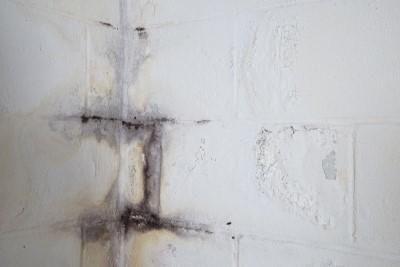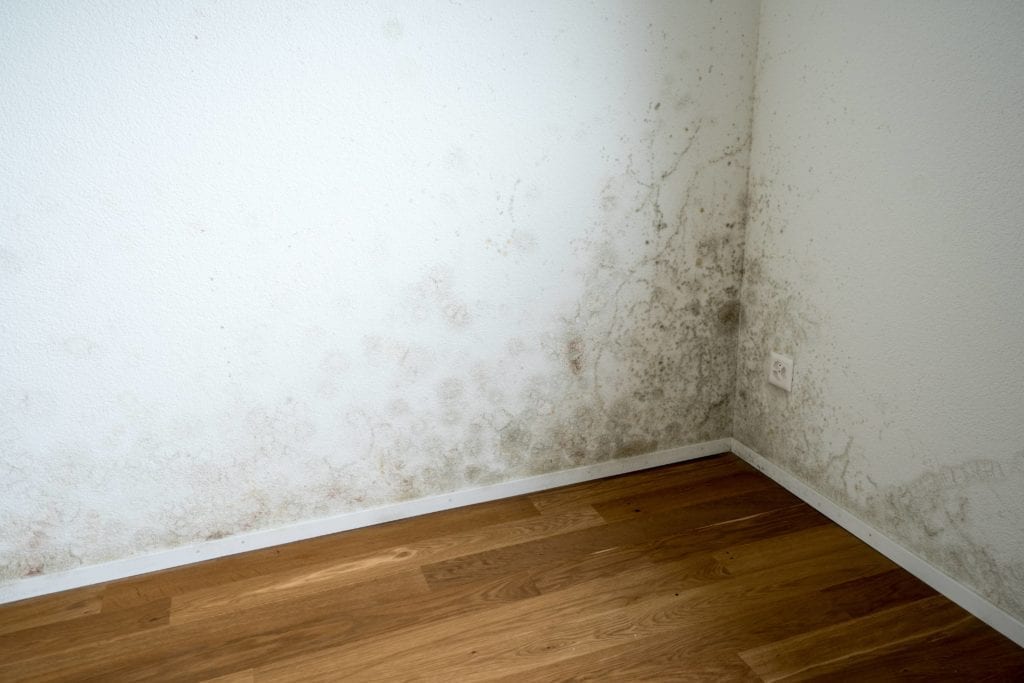Instructions to Discover and Address Stains from Water In no time
Instructions to Discover and Address Stains from Water In no time
Blog Article
We've uncovered this post about Water Stains on Walls listed below on the net and thought it made perfect sense to write about it with you on this page.

Water stains on walls are not enjoyable to the eyes. Your home needs to lack stains on the wall surfaces, roofing, or floors. That is the ideal state of a residence as well as its structures. Occasionally it seems virtually unavoidable to experience water stains on wall surfaces in residences.
Property owners staying in damp areas continuously manage the worry of water discolorations on walls. That doesn't have to be the situation for you. With well-rounded as well as exact information on the root causes of water discolorations and timely fixing processes, you will constantly be an action ahead of such occurrences. This write-up promises to be a practical overview for you.
3 Common Reasons For Water Spots on Wall Surfaces
In contrast to common belief, water discolorations on wall surfaces do not always come from poor building materials. There are a number of sources of water spots on walls. These include:
Poor Drain
When making a structure plan, it is vital to make certain adequate water drainage. This will certainly avoid water from leaking into the wall surfaces. Where the drain system is clogged or nonexistent, below ground moisture accumulates. This web links to extreme dampness that you observe on the walls of your building.
The leading cause of wet wall surfaces, in this case, can be a poor drainage system. It can also result from inadequate management of sewer pipelines that run through the structure.
Wet
When hot damp air meets with completely dry cool air, it triggers water droplets to base on the wall surfaces of buildings. When there is vapor from cooking or showers, this occurs in cooking areas as well as restrooms. The water beads can discolor the surrounding walls in these parts of your residence and infect various other areas.
Wet or condensation impacts the roof and also walls of structures. This causes them to show up darker than other locations of the house. When the wall surface is wet, it produces a suitable atmosphere for the growth of germs and fungis. These might have adverse results on health, such as allergies and also breathing conditions.
Pipe Leaks
A lot of residences have a network of water pipes within the walls. This makes sure that the pipes are faraway from the reach of destructive rodents. It constantly increases the practicality of such pipes, as there is little oxygen within the walls. This discourages corrosion.
Yet, a drawback to this is that water leak influences the wall surfaces of the building and also causes extensive damages. An indicator of faulty pipes is the appearance of a water discolor on the wall surface.
Water Discolorations on Wall Surface: Fixing Tips
When dealing with water discolorations, homeowners would generally want a quick fix. Yet, they would soon realize this is counterproductive as the water stains repeat. So, here are a few useful suggestions that will direct you in the repair work of water stains on walls:
Pro Idea
A houseplant in your home likewise increases its moisture. If the house is currently humid, you might want to introduce houseplants with very little transpiration. An example of appropriate houseplants is succulents.
Final thought
Although no one wishes to have water stains on walls in their residence, it can occur to the best of us. This article offers you leverage, as you currently know exactly how to handle this incident if it does occur.
It is constantly best to hire expert solutions to help deal with the damages in your house.
Sometimes it appears almost inescapable to experience water stains on walls in residences.
Contrary to prominent belief, water spots on wall surfaces do not always stem from bad structure materials. There are a number of reasons of water stains on wall surfaces. The water beads can stain the bordering wall surfaces in these parts of your house and also spread to various other areas.
Below are a few valuable pointers that will direct you in the fixing of water stains on walls:
How to Remove Water Stains From Your Walls Without Repainting
The easy way to get water stains off walls
Water stains aren’t going to appear on tile; they need a more absorbent surface, which is why they show up on bare walls. Since your walls are probably painted, this presents a problem: How can you wash a wall without damaging it and risk needing to repait the entire room?
According to Igloo Surfaces, you should start gently and only increase the intensity of your cleaning methods if basic remedies don’t get the job done. Start with a simple solution of dish soap and warm water, at a ratio of about one to two. Use a cloth dipped in the mixture to apply the soapy water to your stain. Gently rub it in from the top down, then rinse with plain water and dry thoroughly with a hair dryer on a cool setting.
If that doesn’t work, fill a spray bottle with a mixture of vinegar, lemon juice, and baking soda. Shake it up and spray it on the stain. Leave it for about an hour, then use a damp cloth to rub it away. You may have to repeat this process a few times to get the stain all the way out, so do this when you have time for multiple hour-long soaking intervals.
How to get water stains out of wood
Maybe you have wood paneling or cabinets that are looking grody from water stains too, whether in your kitchen or bathroom. Per Better Homes and Gardens, you have a few options for removing water marks on your wooden surfaces.
You can let mayonnaise sit on your stain overnight, then wipe it away in the morning and polish your wood afterward. You can also mix equal parts vinegar and olive oil and apply to the stain with a cloth, wiping in the direction of the grain until the stain disappears. Afterward, wipe the surface down with a clean, dry cloth. Try placing an iron on a low heat setting over a cloth on top of the stain. Press it down for a few seconds and remove it to see if the stain is letting up, then try again until you’re satisfied. (Be advised that this works best for still-damp stains.) https://lifehacker.com/how-to-remove-water-stains-from-your-walls-without-repa-1849742925

I'm certainly very eager about and I am assuming you liked the entire blog entry. Please take the time to promote this article if you appreciated it. Thank you for your time spent reading it.
Always ready, contact! Report this page